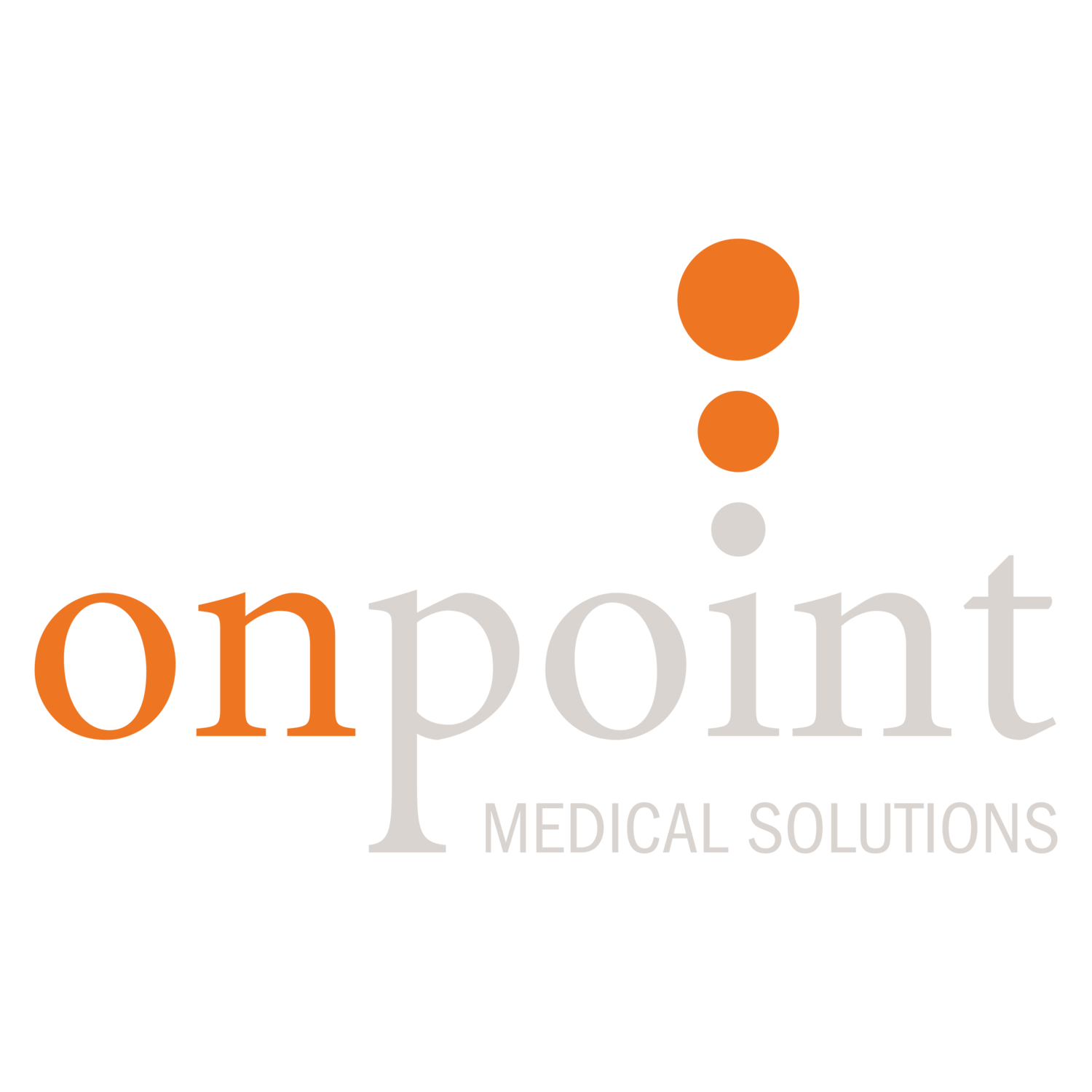There Is a Cure to Medical Necessity Denials
Did you know that claims for services that do not meet the requirements of medical necessity are getting denied instantly? Payers are increasingly more focused on the issue of medical necessity.
Medical necessity is difficult to define, since there are so many interpretations and they vary from payer to payer. Most typically incorporate the idea that healthcare services must be “reasonable and necessary” or “appropriate” based on the patient’s condition and current standards of care.
Denials, recoupments, penalties
Sadly, the decision as to whether services are medically necessary are made by someone who has never seen the patient. Most payers use automation to review and deny claims. These are called claim edits. The edits ensure that payment is made based on a specific diagnosis related to specific procedure codes. Diagnosis codes identify the medical necessity of services provided.
CMS has the power, under the Social Security Act, to determine whether each situation is reasonable and necessary. Even if it is that they later determine do not meet medical necessity the scope of the service can be limited.
To make matters worse, if a carrier pays for services that they later determine to no meet medical necessity, they will recoup those payments. They can demand a refund or just deduct the amount directly from a future reimbursement check. They also have the right to charge interest.
If they determine that the provider has a pattern of billing for medically unnecessary services, the provider may face monetary penalties, exclusion from the Medicare program, and criminal prosecution.
How to avoid medical necessity denials
According to the American Academy of Professional Coders (AAPC), there are 8 key steps to follow:
List the principal diagnosis, condition, problem, or other reason for the medical service or procedure.
Assign the code to the highest level of specificity.
For office and/or outpatient services, never use a “rule-out” statement (a suspected but not confirmed diagnosis); a clerical error could permanently tag a patient with a condition that does not exist. Code symptoms, if no definitive diagnosis is yet determined, instead of using rule-out statements.
Be specific in describing the patient’s condition, illness, or disease.
Distinguish between acute and chronic conditions, when appropriate.
Identify the acute condition of an emergency situation; e.g., coma, loss of consciousness, or hemorrhage.
Identify chronic complaints, or secondary diagnoses, only when treatment is provided or when they impact the overall management of the patient’s care.
Identify how injuries occur.
If your claim is still denied your billing company should appeal the denial. This will require additional work on their part. It takes a lot of work and time to appeal a denied claim. It is tedious work and billers don’t like doing it. It is hard-earned money and one of the many ways a good billing service earns its money. It also requires that the medical note supports the coding. If the appeal is handled correctly there is a good chance the denial will be reversed, and the claim will be paid.

